#mondaymood: GOT WOOD? 👀
- Laura Antoni

- Jun 15, 2020
- 3 min read

'From such crooked wood as that which man is made of, nothing straight can be fashioned.'
- Immanuel Kant
When it comes to interior design building materials, it doesn’t get much more classic and elegant than wood. Since the Stone Age, wood has been the go-to construction material for builders and designers. As part of nature-connected interior design, wood can transform the mood of a room or entire house, creating a homely, welcoming feel and a truly 'organic' sense. It’s also not a fad—this material and has been used for furniture construction for generations upon generations, and as such offers a timeless quality that cannot be replicated.
Compared to steel and concrete, it’s cheaper, easier to assemble, and very versatile. It’s also more sustainable. Wood is renewable like any crop, and it’s a carbon sink, sequestering the carbon dioxide it absorbed during growth even after it’s been turned into lumber.”

Processing wood releases less harmful carbon emissions than does the manufacturing process for any other construction material. Additionally, wood is a fantastic insulator, so larger pieces may be able to assist in reducing energy consumption for heating and cooling your building.
Wood that is responsibly sourced is actually the only renewable building material around—trees that are harvested for their wood can be replenished by new growth. What's more, the carbon footprint that results from the production and processing of wood products is drastically lower than that for other building materials. And with up to 50 per cent of the dry weight of wood being carbon, they also have the capacity to store carbon, something that’s crucial in the fight against climate change.
Another way wood is a sustainable option is that it gives you the opportunity to 'buy local' from specialised artisans in your community. This gives you the chance to not only support the local timber industry, but also the local economy.

Wood also has psychological effects. In interiors, wood seems to have the power to regulate people’s levels of stress. In a comparison of different work rooms, stress level, measured as the skin’s capacity to conduct electricity, was lowest in a room with wooden furniture. Not even plants brought into a room fitted out in white had the same effect.
The use of wood in interiors also seems to extend to human behaviour and social observation. In offices where wooden products were used, visitors' first impression of the workers was more favourable than in places where there was no wood. In wooden offices, workers seemed better at their jobs, more successful, more honest, more responsible and more reliable than in normal offices.
Aside from all these benefits, wood also eliminates many other concerns that may arise from other materials. Wood is remarkably strong. It emits absolutely zero electrostatic charge. It won’t rust. It works fantastically as an acoustic insulator making it great for concert halls and theatres. It can regulate humidity in a room with its ability to absorb moisture — just make sure it isn’t too humid.

There are so many different types of wood to consider, each of which will give your interior design a different feel or a different flavour. Oak is perhaps the most popular choice for interior design due to its natural beauty and hard-wearing nature. There are also over 600 different species of oak, so no one oak table will look exactly the same as another. Cedar wood and walnut wood is also typically used for flooring and furniture, with the former boasting a distinct grain that makes it particularly attractive.
When incorporating wood, it is best to consider its type and colour – each softwood and hardwood has its own natural grain and finish. Oak, one of the common variants, offers a grainy muted tone that is easy on the eyes. Cedar, another popular favourite, has a reddish-brown tinge and a timeless durability. Walnut brings out an elegant dark colour and distinctively large grains which is a nice contrast against whites. Teak is a gallant mix of earthy brown tones and has been used in many colonial homes in Asia.
Wood is super easy to work with, and can be used in so many different interior design applications - from flooring, doors and window sills to furniture and decorations features.
The use of wood creates a balanced visual symmetry – thanks to its consistent lines that work perfectly with most decor. It is a prevalent choice for spaces inspired with heterogeneous themes: coastal, rustic chalet, oriental and farmhouse, among many others. Apartments and smaller rooms will benefit from wood accents in lighter shades; it makes the space bigger, airier. Larger ones can utilise richer tones for a more luxurious effect. Finish off the congenial atmosphere by accentuating highlighted corners with potted plants – the green hues add a nice touch of colour and shape amongst the grains.













































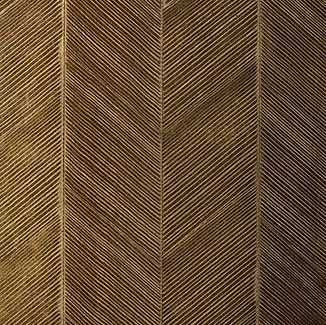











































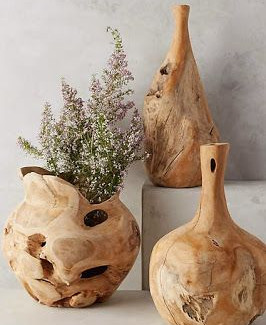



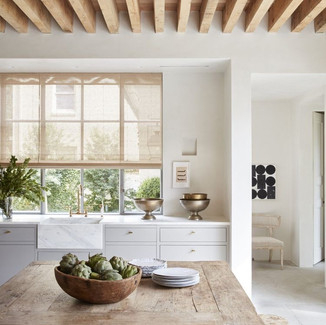



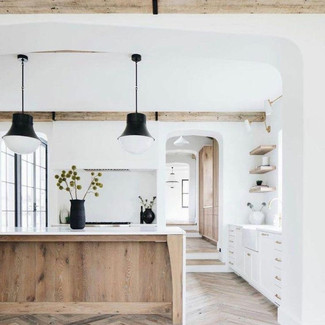

























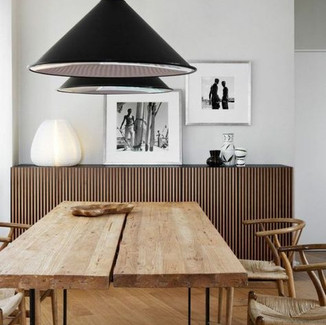









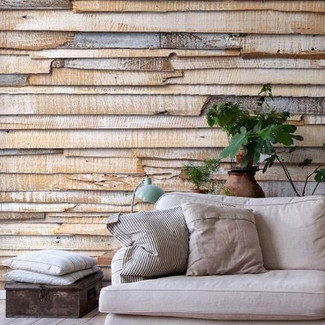























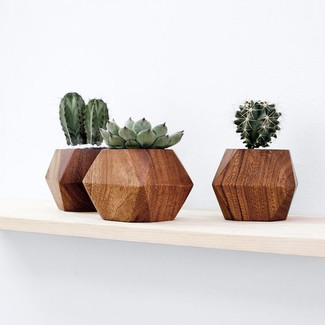



















Comments